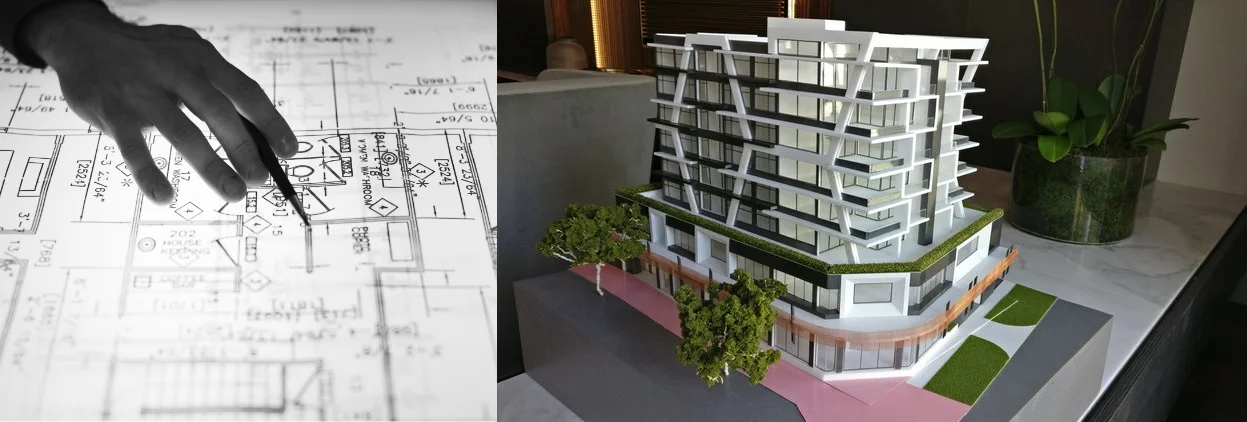Why Build Architectural Scale Models in the Digital Age?
When I told my mentor that I was going to set off on my own to start my modelmaking business, while extremely encouraging, he was genuinely wary for my chosen career and advised caution. He felt the good old days of physical modelmaking were behind us. I’m sure that’s the same worry shared over pints of beer at the Scalpel and Rule (imaginary modelmaker’s local pub).
Still, I claim that the interest of a physical model will never fade. Older techniques might give way to newer digital fabrication methods, but the real world prototype is an artifact of delight that never fails to penetrate the viewer. When I deliver my models to my clients, their office stops their day to surround the board room to gift their ‘ooohs’ and ‘aaaahs,’ the most satisfying reward for a modelmaker.
The real culprit to be addressed is the general perception for the existence of the physical model. A physical model is often compared to a 3D render visualisation of the project. However, like apples and orangutans, they actually serve different purposes. (Yes, a model isn’t just still life, its potential climbs to great heights.) Nick Dunn, the author of the popular book Architectural Modelmaking, emphasises the performative nature of models. Particularly in the early stages of design, models are used for more than simply transposing ideas, they are in fact highly generative themselves in terms of the design process. They are “not a ‘neutral’ means for the conveyance of ideas but (are) in fact the medium and mechanism through which concepts and designs are developed” (1).
Facade study model.
Physical models allow the observer to see how light plays on different aspects, where shadows fall, how spaces intersect, and many other concerns that a designer may have regarding their future building, which can be most effectively studied, explored, predicted and resolved in the physical dimension. Seeing the form in physical space allows it's creator to step back and re-evaluate their design, gaining an understanding that cannot be achieved by other means. The upsurge of rapid prototyping can push a design further than previously possible, with complex shapes being created quickly and affordably at various stages preceding construction in order to aid in decision making.
With the model’s more well known role as a presentation tool, in fundraisers and sales offices alike, studies in neuroscience have shown that real-world objects are much more memorable than photographs (2). Take, for instance, an apartment complex that is being sold off the plan. In the sales office, drawings and images do not encourage potential buyers to engage with them the way that a model does. 3D visualisations have their place in placing the design in the real world context, but I think a physical model places the observer into the design. Like the way kids play with action figures, it allows the observer to place themselves into an alternate reality that they can see themselves controlling, to say this is what I’ll do, this is what I’ll own. It’s a bold statement, but I think while computer games are fun, can they ever beat the realms of imagination a cardboard box provides? That’s the timeless nature of physical models.
Bob Borson, a prominent architect blogger that I follow sums it up perfectly when he writes “If I put a stack of 3D renderings on the table and pointed at the images while telling my story, there would have been a period of mental gymnastics that I would need our client to jump through as they orient and reorient themselves to the project as we switch through all the different images. With a physical model, the understanding is instantaneous and constant” (3).
(1) Dunn, N. (2010). Architectural modelmaking. London: Laurence King.
(2) Snow, J. C., Skiba, R. M., Coleman, T. L., & Berryhill, M. E. (2014). Real-world objects are more memorable than photographs of objects. Frontiers in human neuroscience,8, 837. doi:10.3389/fnhum.2014.00837
(3) Borson, B. (2016, February 1). A Case for Building Architectural Models. [Web log post]. Retrieved from https://www.lifeofanarchitect.com/a-case-for-building-architectural-models/



